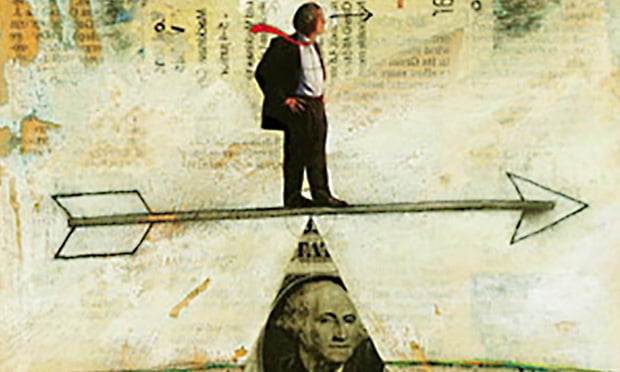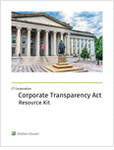There’s a paradox at the heart of the legal marketplace: clients are taking work away from traditional outside counsel and yet premier law firm profitability is at an all-time high. The resolution lies in the number of equity partners. In the decade following the 2007-08 Global Financial Crisis, while the number of in-house lawyers in the United States grew by 50%, the number of U.S.-based lawyers in the Am Law 100 was flat and the number of equity partners declined.
The drop in equity partners didn’t come about by stopping promotions (indeed, promotion rates held constant); rather, firms shed their less-profitable practices and partners: they dropped inherently low-leverage flanker practices, pared back international operations, corrected promotion and lateral-hiring mistakes, and transitioned out less commercially capable partners within high-profit practices. Per-partner profitability rose just as would a student’s grade point average if one dropped the classes with weaker results. In essence, the effect of external pressures on profitability was offset by changing the composition of partnerships.
This content has been archived. It is available through our partners, LexisNexis® and Bloomberg Law.
To view this content, please continue to their sites.
Not a Lexis Subscriber?
Subscribe Now
Not a Bloomberg Law Subscriber?
Subscribe Now
LexisNexis® and Bloomberg Law are third party online distributors of the broad collection of current and archived versions of ALM's legal news publications. LexisNexis® and Bloomberg Law customers are able to access and use ALM's content, including content from the National Law Journal, The American Lawyer, Legaltech News, The New York Law Journal, and Corporate Counsel, as well as other sources of legal information.
For questions call 1-877-256-2472 or contact us at [email protected]










